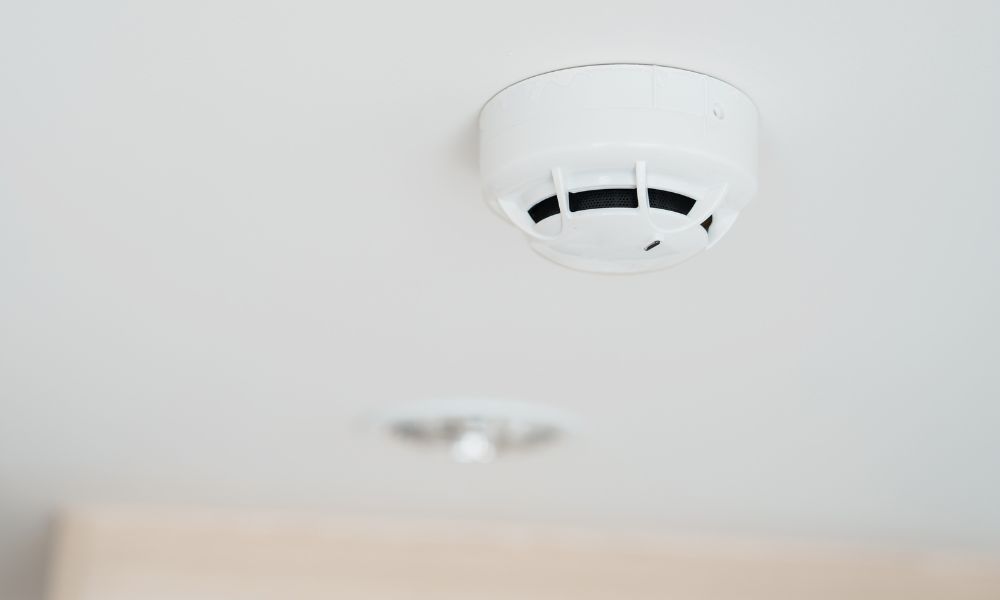
Carbon monoxide (CO) and carbon dioxide (CO2) are two gases commonly present in industrial processes. While they have similar-sounding names, they have vastly different properties and applications. You need to understand their differences, as they can pose serious risks to human health, the environment, and your business. Read on to learn more about the key differences between carbon monoxide and carbon dioxide.
Carbon Monoxide (CO)
Carbon monoxide is a colorless, odorless, and poisonous gas produced by the incomplete combustion of fossil fuels such as coal, oil, and gas. CO is highly flammable, and it can form explosive mixtures with air. Various industrial processes use it, such as producing methanol, hydrogen, and synthetic gas. However, if not handled and used properly, CO can pose serious health risks. It can cause headaches, nausea, dizziness, and, in severe cases, unconsciousness and death.
Carbon Dioxide (CO2)
Carbon dioxide is a colorless, odorless gas that’s a byproduct of respiration and the combustion of fossil fuels. Many industrial processes also use it, such as carbonation of beverages, refrigeration, and fire suppression. Compared to CO, CO2 is less toxic and doesn’t pose an immediate danger to human life in low concentrations. However, it has a significant role in the greenhouse effect, contributing to the warming of the earth’s atmosphere.
Protecting Against Both
Despite the differences between carbon monoxide and carbon dioxide, they both require certain precautions in industrial settings. For facilities handling or producing high levels of CO, they need to outfit the entire environment with adequate sensing and warning systems. Additionally, workers should have proper training and wear PPE before risking CO exposure in the workplace.
While CO2 leaks are far less dangerous than CO ones, having a quality carbon dioxide sensor is still crucial. This device can alert you of potential leaks, helping protect the environment from harmful greenhouse gases. Additionally, reliable CO2 detection devices reduce resource loss during leaks, saving your business money and helping you maintain regulatory compliance!
Although carbon monoxide and carbon dioxide share some similarities, their differences are profound and crucial to understand, especially in industrial settings. Both gases play significant roles in various applications but can pose risks to human health and the environment if not properly managed. Ensure better protection at your facility by browsing our selection of gas detectors at CTI today!

